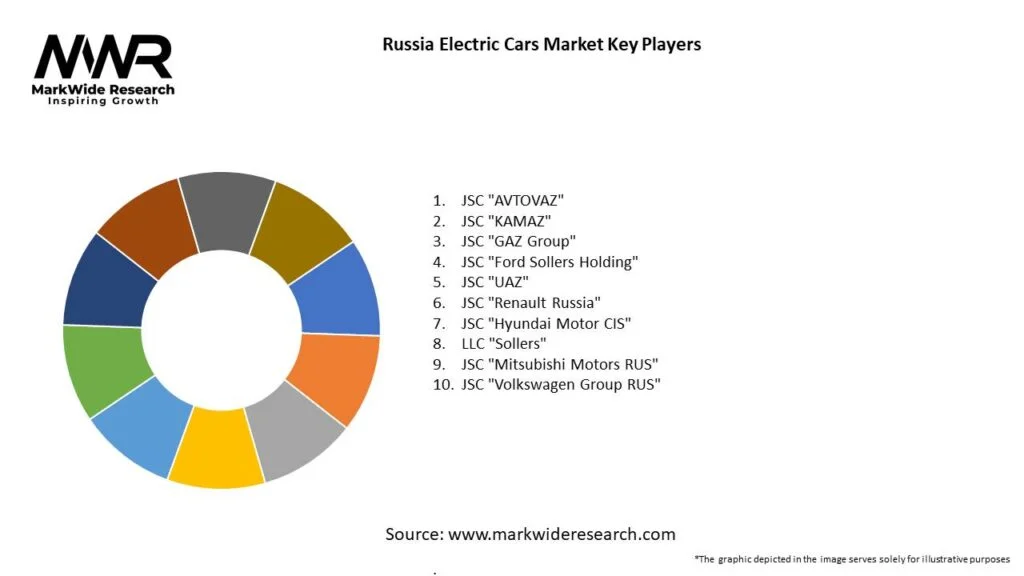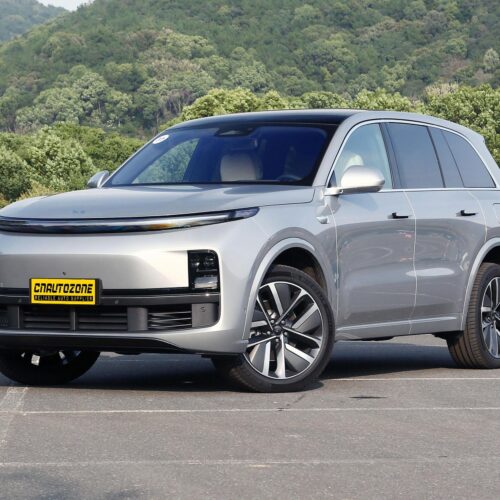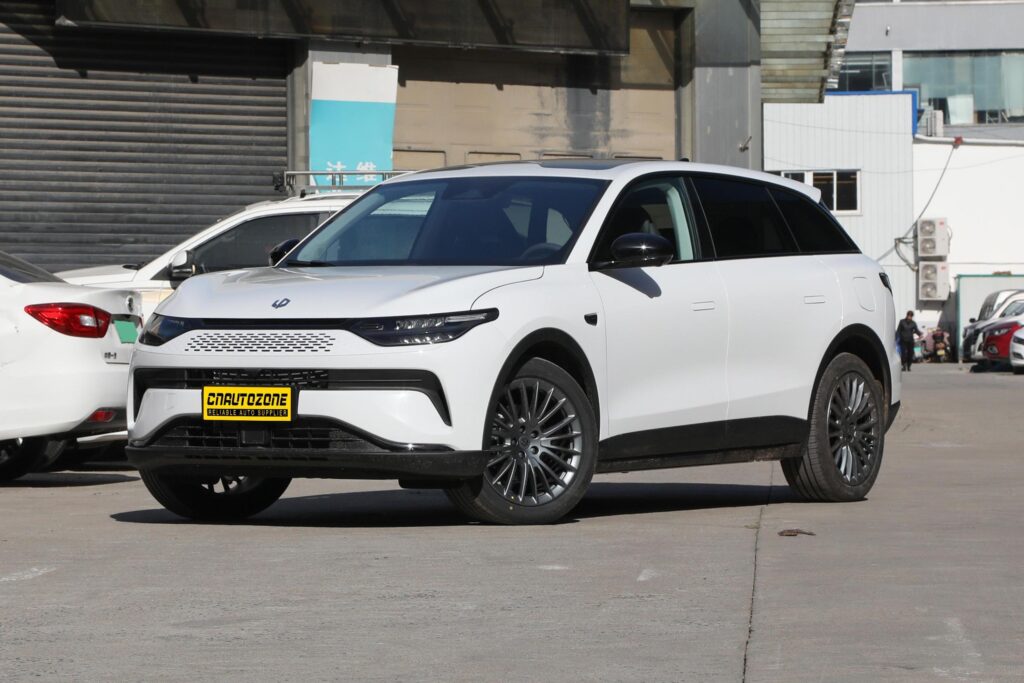Introduction
The global electric vehicle (EV) market has witnessed exponential growth over the past decade, driven by technological advancements, environmental concerns, and supportive government policies. While Western Europe, China, and the United States have traditionally dominated this sector, Russia and the Commonwealth of Independent States (CIS) are emerging as significant players. This essay provides a comprehensive analysis of the electric vehicle market in Russia and the CIS, examining its current capacity, development trends, market share distribution among various brands, and the competitive advantages that Chinese electric vehicles bring to this burgeoning market. cnautozone-car expert

Market Capacity in Russia and the CIS
As of 2023, the EV market in Russia and the CIS is in its nascent stages but shows considerable potential for expansion. The total number of electric vehicles on the road remains a small fraction of the overall automotive market in these regions. In Russia, for instance, electric vehicles account for less than 1% of total vehicle sales. However, year-on-year growth rates indicate a rising interest, with some CIS countries experiencing double-digit growth percentages in EV adoption.
Several factors contribute to the modest yet growing market capacity:
- Economic Considerations: Fluctuations in oil prices have a direct impact on the economies of Russia and other CIS countries, many of which are oil exporters. This volatility encourages diversification in the automotive sector.
- Urbanization: Increasing urbanization leads to greater environmental concerns, prompting both governments and consumers to consider cleaner transportation alternatives.
- Technological Accessibility: Advances in EV technology and decreases in manufacturing costs make electric vehicles more accessible to a broader consumer base.
Development Trends
The development trends in the EV market of Russia and the CIS are shaped by a combination of government initiatives, infrastructure development, and changing consumer attitudes.
- Government Policies and Incentives: Governments in the region are gradually introducing policies to incentivize EV adoption. These include tax exemptions, subsidies, and the implementation of favorable customs duties on imported electric vehicles and components.
- Infrastructure Expansion: The expansion of charging infrastructure is critical. Investments are being made in building charging stations in urban centers and along major highways. Russia, for example, has initiated projects to increase the number of public charging stations significantly.
- Local Production Endeavors: There is a growing interest in developing local manufacturing capabilities. Initiatives to produce electric vehicles domestically aim to reduce dependence on imports and stimulate the local economy.
- Consumer Awareness and Perception: Awareness campaigns about the environmental benefits of electric vehicles are gradually changing consumer perceptions, making them more receptive to transitioning from traditional combustion engines.
-
 nio es8$64,337.00 – $76,949.00
nio es8$64,337.00 – $76,949.00 -
 zeekr 009$64,589.00 – $75,688.00
zeekr 009$64,589.00 – $75,688.00 -
 Li Auto L8$44,384.00 – $51,951.00
Li Auto L8$44,384.00 – $51,951.00
Market Shares of Various Brands
The EV market in Russia and the CIS is characterized by a mix of international and domestic brands, each vying for market share in an environment that is still defining its competitive landscape.
- International Brands: Companies like Nissan, Tesla, and Renault are among the international players that have established a presence. Nissan’s Leaf model and Renault’s Zoe are some of the more popular models due to their relative affordability and established brand recognition.
- Chinese Brands: Chinese manufacturers such as BYD, Geely, and NIO are making significant inroads. Their competitive pricing and technological advancements make them attractive options for consumers in these markets.
- Domestic Brands: Russian manufacturers are also entering the fray. Companies like AvtoVAZ are exploring electric vehicle production, though their market share remains minimal at this stage.
- Market Share Distribution: Precise market share figures fluctuate due to the rapidly evolving nature of the market. However, international brands currently hold a larger share compared to domestic ones, with Chinese brands increasing their presence steadily.
Advantages of Chinese Electric Vehicles
Chinese electric vehicles possess several advantages that position them favorably in the Russian and CIS markets:
- Technological Innovation: Chinese manufacturers have made significant advancements in battery technology, increasing range and reducing charging times. They are at the forefront of integrating smart technologies and autonomous driving features.
- Cost Competitiveness: Due to economies of scale and efficient manufacturing processes, Chinese EVs are often more affordable than their Western counterparts. This cost advantage is particularly appealing in price-sensitive markets.
- Strategic Partnerships: Chinese companies are actively seeking partnerships and joint ventures with local firms in Russia and the CIS. These collaborations facilitate market entry and help navigate regulatory landscapes.
- Government Support: The Chinese government’s strong support for the EV industry has enabled manufacturers to invest heavily in research and development, further enhancing their competitive edge.
- Adaptability to Market Needs: Chinese manufacturers are adept at customizing their vehicles to meet local preferences and requirements, such as adapting to colder climates prevalent in Russia and the CIS.
Conclusion
The electric vehicle market in Russia and the CIS is poised for significant growth. While currently a small segment of the overall automotive market, increasing governmental support, infrastructural development, and shifting consumer attitudes are creating a conducive environment for expansion. International brands hold a substantial market share, but Chinese electric vehicles are emerging as strong competitors due to their technological prowess, cost advantages, and strategic approaches to market entry.
The advantages offered by Chinese electric vehicles align well with the needs of the Russian and CIS markets. As these regions continue to develop their EV infrastructure and policies, Chinese manufacturers are well-positioned to capture a significant portion of the market share.
Future Outlook
Looking ahead, the EV market in Russia and the CIS is expected to continue its upward trajectory. Key factors that will influence this growth include:
- Policy Implementation: The extent to which governments implement supportive policies will significantly impact market expansion.
- Economic Factors: Economic stability and consumer purchasing power will affect adoption rates.
- Technological Advancements: Ongoing innovations in battery technology and vehicle efficiency will make EVs more attractive to consumers.
- Environmental Concerns: Increasing awareness of environmental issues may drive more consumers toward electric vehicles.
In conclusion, the Russian and CIS electric vehicle markets present substantial opportunities for growth. Chinese electric vehicles, with their inherent advantages, are likely to play a pivotal role in shaping the future of this market. Collaborative efforts between governments, manufacturers, and other stakeholders will be essential in realizing the full potential of electric mobility in these regions. cnautozone-car expert

